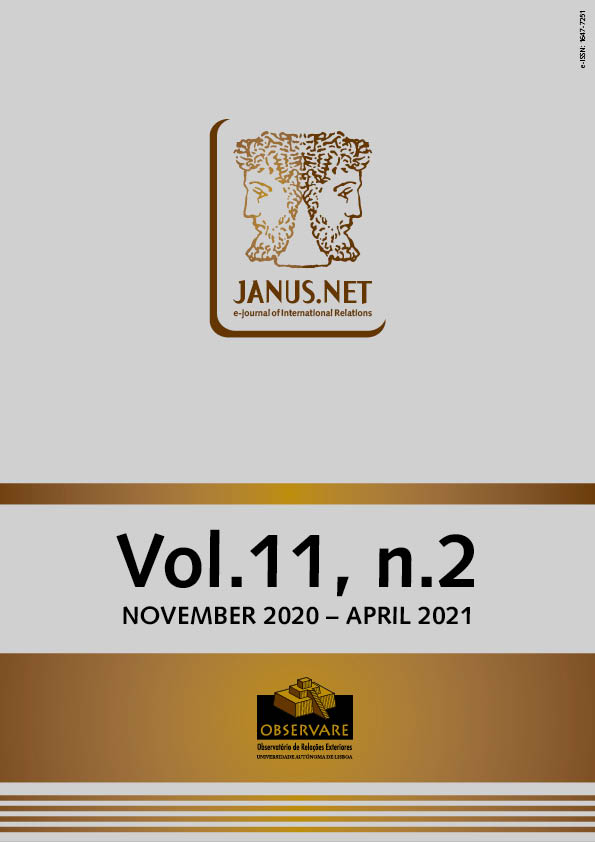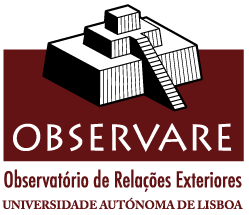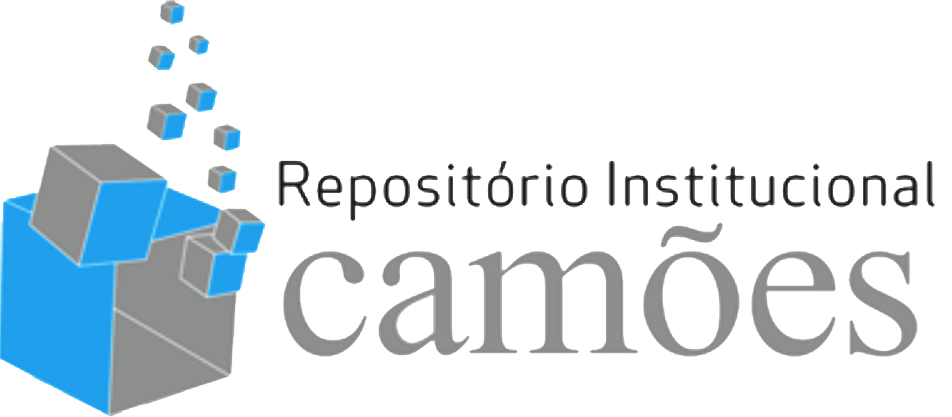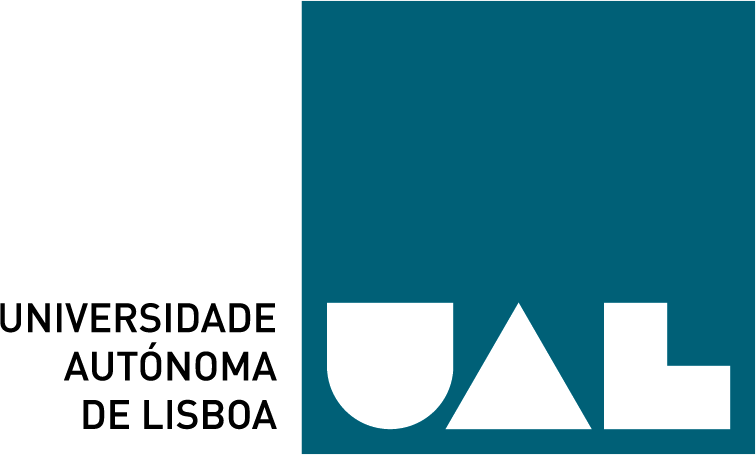In the 21st century, the links between South America and the Asian region have been more constant, and these links have had different interpretations according to their consequences in the domestic South American economies, as well as their relation with the current integration processes in the region and the different economic insertion strategies. It is observed that there are differences in the way in which the South American countries insert in Asia, so the aim of this work is to analyze the characteristics of the foreign policy and the strategies of foreign insertion of Argentina and Chile towards China, South East Asia and India, highlighting the articulation between the economic and productive structures, the international insertion models and some economic implications. The case studies selected represent two different development models that have chosen dissimilar foreign insertion strategies, with the consequence of diverse relationships with the Asian region. The research was carried out through a qualitative methodology and a South American theoretical perspective.
FOREIGN POLICY, DEVELOPMENT, AND INTERNATIONAL STRATEGIES TOWARDS ASIA PACIFIC: THE CASES OF ARGENTINA AND CHILE
Associate Researcher at the National Scientific and Technical Research Council (CONICET, Argentina). PhD in International Relations (National University of Rosario). Director of the PhD Program in International Relations and Professor of International Relations History at Córdoba Catholic University (UCC).
Researcher and professor at Universidad Siglo 21 (Córdoba, Argentina). PhD in International Relations from Universidad Nacional de Rosario (Argentina).
Resumo
Palavras-chave
Como citar este artigo
How to cite this article Rubiolo, Florencia; Baroni, Paola Andrea (2020). “Foreign policy, development, and international strategies towards Asia Pacific: The cases of Argentina and Chile”. In Janus.net, e-journal of international relations. Vol. 11, No. 2 Consulted [online] at date of last visit, DOI: https://doi.org/10.26619/1647-7251.11.2.5
Article received on 14 October, 2019 and accepted for publication on 3 August, 2020















